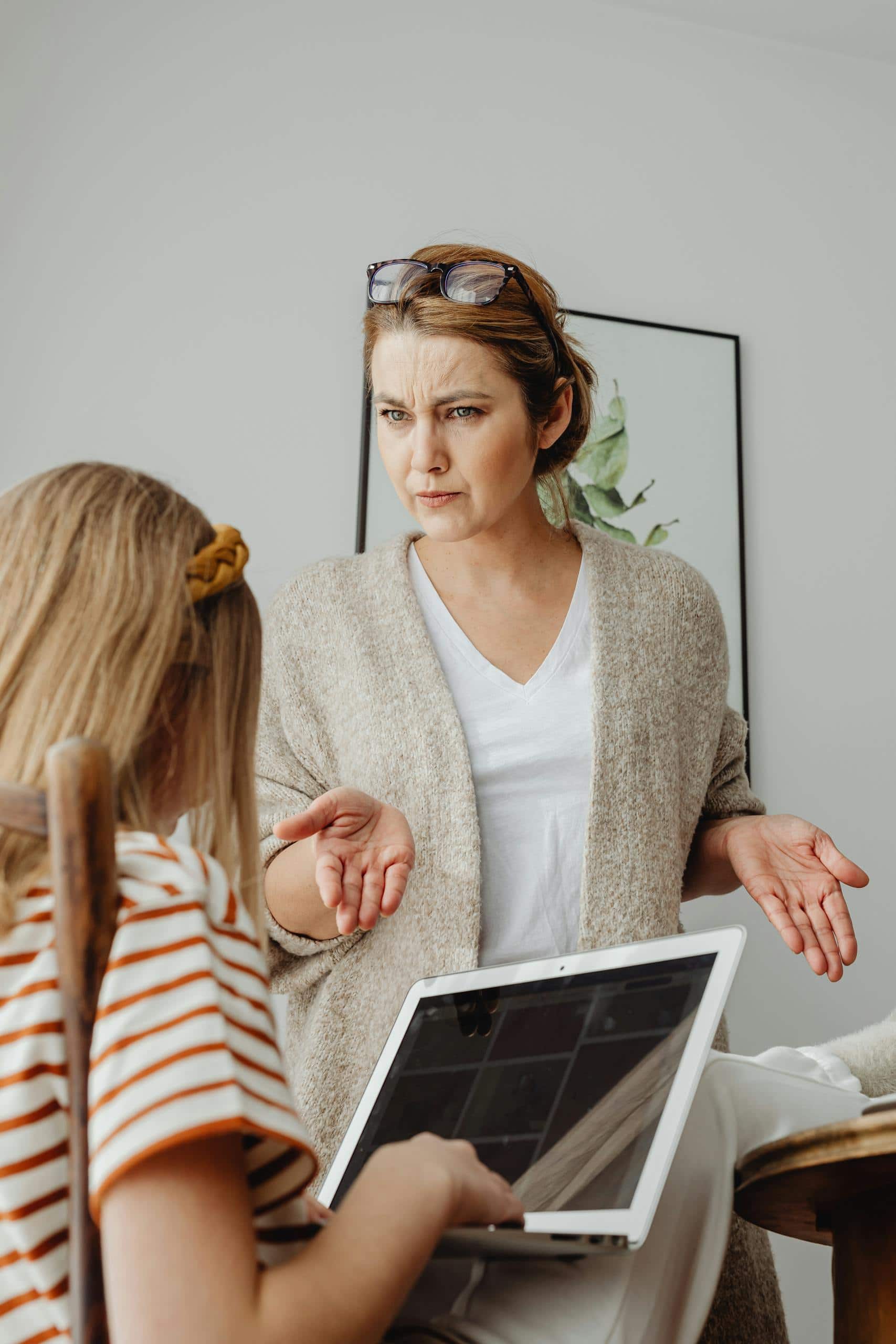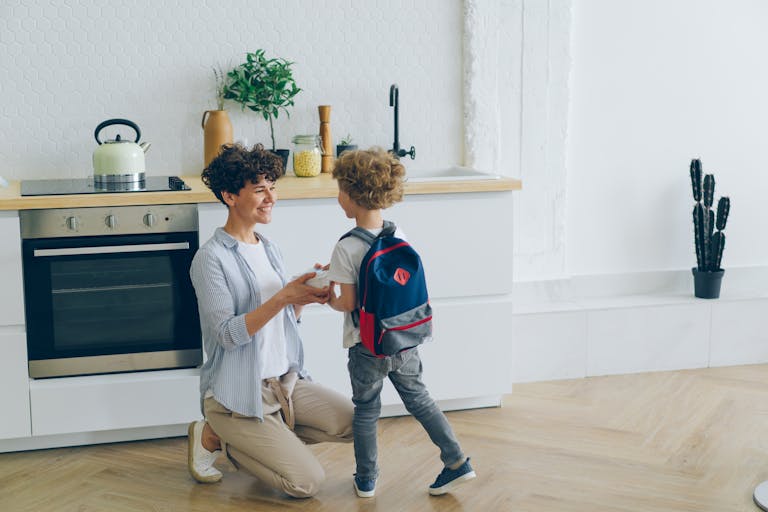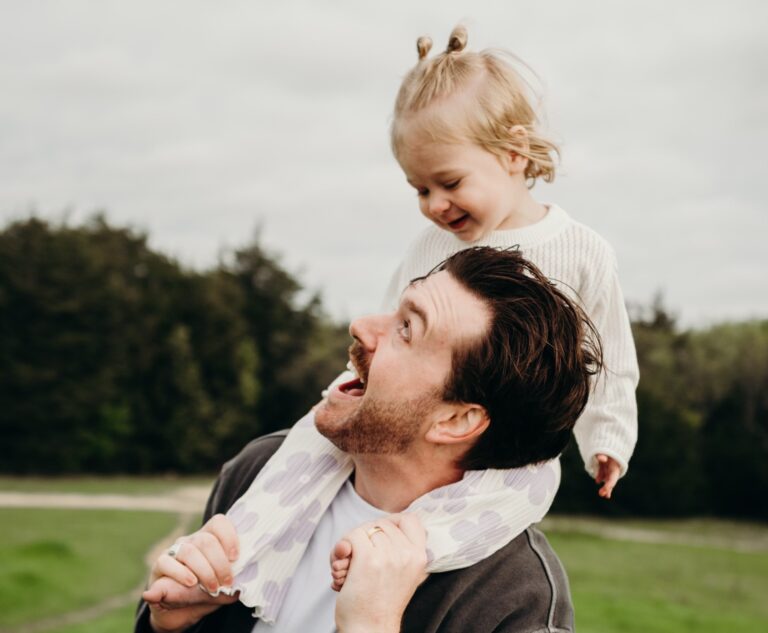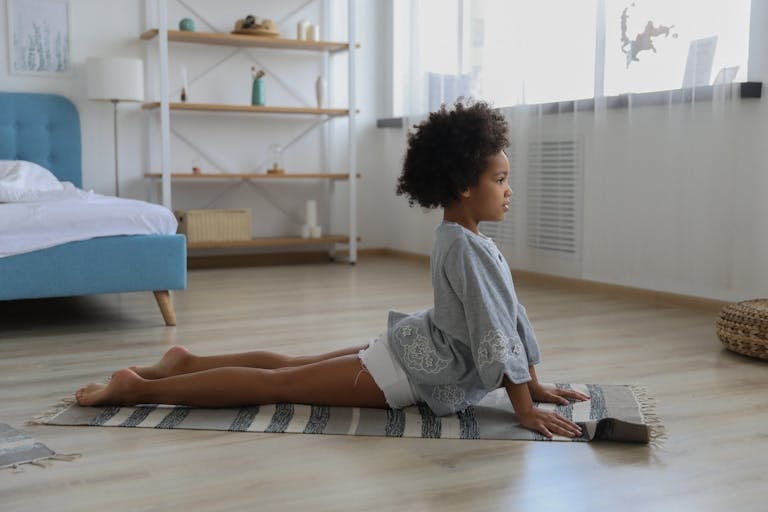Choices and Consequences
As a counselor working with kids every day, we spend a lot of time talking about choices and consequences. What’s interesting is that when I ask them, “Who’s in charge of your choices?” many respond, “My parents.” They’ve grown up believing that their parents hold all the control, that we can make them do anything. While this belief can serve a purpose when they’re young, it’s not entirely accurate. And as they get older, they begin to realize that for themselves.
It’s essential for kids to learn how to make good decisions for themselves. If we’re always the ones telling them what to do and controlling their choices, they miss the opportunity to develop that crucial skill. Over time, they need the space to make their own decisions, both the good ones and the not-so-good ones, so they can grow in confidence, responsibility, and wisdom.
Raising Kids Who Can Think for Themselves
In a world filled with temptations and endless opportunities, it can be challenging for kids to consistently make good decisions. As parents, one of the best ways we can support them is by giving them plenty of opportunities to make choices, within safe and reasonable limits, while they’re still under the protection of our loving homes. Our goal is to help them develop the ability to think critically and consider the potential consequences of their decisions, so they’re better equipped for life outside our care.
As loving parents, it’s only natural to want to protect our kids from pain or failure. And while there are definitely times when stepping in is necessary, more often than not, we tend to rescue our kids when it would actually be more helpful to let them face the natural consequences of their choices. When kids are given space to experience those consequences in a safe and supportive environment, they begin to develop cause-and-effect thinking. Over time, they learn that their lives tend to go more smoothly when they make wise decisions. In Love and Logic parenting, we aim to help kids ask themselves, “How will this decision affect me?” not “What will Mom or Dad think?” or “What will my friends say?” but instead, “What outcome will this choice bring into my life?”
This approach can feel a little scary at first, especially because it often goes against our natural instincts as parents and what we’ve been taught to do.
What Might This Look Like in Real Life?
When our kids are young, we can begin teaching decision-making by offering lots of simple choices. These are low-stakes options, things that don’t significantly impact us but give them the chance to express preferences. For example, they can choose the order of their bedtime routine, pick what to wear, or select a snack from a few options. These everyday decisions give them practice in thinking through choices. When their decisions lead to a good outcome, they feel proud and empowered. And when the outcome isn’t as great, they learn important lessons about cause and effect in a safe, supportive environment.
As kids grow older, the decisions they face become more significant, and so do the consequences. It’s still important to offer them choices and begin stepping back more, allowing them the space to make their own decisions. When they don’t choose wisely, we hope we have the strength to let them experience the consequences. This can be incredibly hard. Watching our kids struggle or feel pain hurts us deeply. But if we can keep our eyes on the long-term reward, we’ll remember that learning from mistakes is a powerful teacher. I’ve always tried to view struggles as opportunities, chances to learn, grow, and develop life-long wisdom.
It’s important to remember that as our kids practice making decisions, we’re not stepping away, we’re standing alongside them. Our role isn’t to disappear, but to be present in a different way. Think of it like being a coach. We’re there to teach, model, and encourage as they grow. One of the most powerful influences in a child’s life is a loving authority figure, someone who offers unconditional love, respectful guidance, and a steady belief that they have what it takes to make wise choices.
When poor choices are made and kids experience uncomfortable consequences, that’s when some of the most meaningful guidance can happen. We come alongside them to talk through it, asking thought provoking questions, helping them evaluate their decisions, and reflect on the outcomes. Through this process, they begin to learn how to make better choices in the future. And as we continue to offer opportunities to choose, they gain more valuable practice.
Start When Kids are Young
Starting early gives kids plenty of chances to practice decision-making. By guiding them through smaller choices, we help strengthen their confidence to tackle bigger ones with greater ease.
Another important benefit of offering kids choices is that it increases the likelihood they’ll cooperate, because they feel a sense of control. The need for control is deeply rooted in all of us. When children feel powerless over their own lives, resistance and rebellion often follow, this holds true from toddlerhood through adulthood.

Building Confidence Through Choices and Consequences
If we can master the art of giving our kids frequent opportunities to make choices, allowing them to make mistakes and experience the natural consequences, the long-term benefits are significant. They build self-confidence as they realize they are capable of making decisions, solving problems, and handling life’s challenges.






